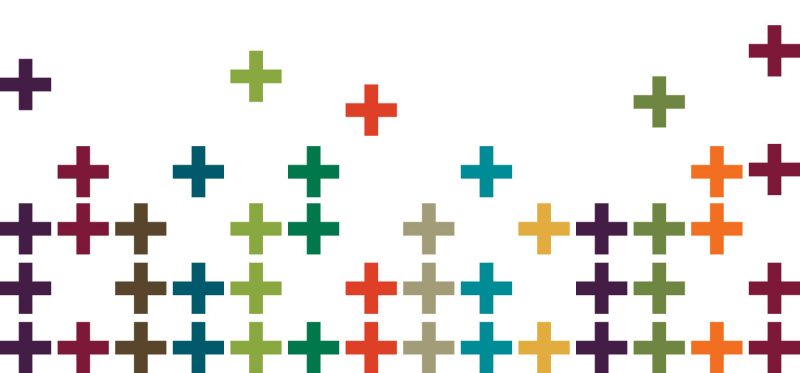Our default way of experiencing the world is through stories.
Whether they come from the latest Good Wife episode, the companies we purchase from, or the theater of our minds, stories are safe-to-consume simulations about how things were, are, will be, or could be.
I love stories, and they can do many good things:
- They entertain us.
- They help us contemplate what we would do in unfamiliar situations.
- They help us act.
- They make abstract concepts relatable and human.
- The create order out of apparent disorder.
- They bind communities together.
- They make us smarter by either challenging or reinforcing our existing ideas.
- They sharpen our pattern recognition skills.
- They help us restore self-control.
That said, even the best stories lie. They replace reality with an edited version. And sometimes even, they’re dead wrong. Resilient individuals and organizations therefore balance storytelling with unstorytelling.
Here’s how to do that:
- Use stories to time travel, but always come back to the here and now. The brain has two modes: our “narrative circuitry” which essentially turns all incoming data into a story and “direct experience” which takes in sensory data without an interpretive filter. The narrative circuit is our automatic mode and takes less energy to run, which means that we have to deliberately focus if we want to savor the moment we’re having, or pick up on details that don’t fit our pre-conceived stories. The two modes engage different regions of the brain, but by creating rituals for switching between them, over time we’ll be able to pause and reflect more easily before we’re caught up in a story.
- When push comes to shove, choose reality over a story. We all make the mistake of applying our narrative circuitry to not just our external reality, but our internal one as well. We turn ourselves into a story. From earliest childhood, we are building a narrative about how the world works and how we fit into it. Over time, these stories become self-reinforcing—we typically do not give up our essential narratives about ourselves, and directly experience who we are without overlay, except under extreme duress. In her wonderful book Wired for Story, Lisa Cron points out that novels feel unsatisfying if the protagonist has a big epiphany without going through hell to get there. Life is often like that too.
Luckily, there are shortcuts: practices like Byron Katie’s The Work can help us recognize flaws in our personal narratives before they become a crisis. Like scientists, we can lower our thresholds for noticing that an existing story isn’t working out. We can also choose to act congruently with a new story even before we’re ready to give up the old one.
